Starting your baby on solid foods can be fun and exciting, but it can also bring on a lot of anxiety, especially when it comes to allergy-causing (allergenic) foods. To help you on this journey, we’ve compiled some tips for exposing your baby to food allergens.
What are allergenic foods?
Food allergies affect about one in every 13 children in the United States. While pretty much any food can cause an allergy, these are the top 9 allergenic foods:
- Cow’s milk
- Egg
- Soy
- Wheat
- Peanut
- Tree nuts
- Fish
- Shellfish
- Sesame
Tips for introducing food allergens to your baby
- Allergenic foods should not be the first foods introduced. Start giving your baby allergenic foods after they are regularly eating cereals and purees.
- Start when your baby is around 6 months old. For most infants, introduction of allergenic foods should start around 6 months of age, but no later than 12 months of age.
- For infants with moderate to severe eczema and/or known allergy to eggs, introduce peanuts earlier. If your baby is developmentally ready and tolerating some solids, give them peanuts between 4-6 months of age.
- It is okay to introduce one new food per day. There’s no need to wait several days between the introduction of new foods. Once you’ve established your baby is not allergic to that food, try to offer it to them at least once a week.
- Liquid cow’s milk should be avoided until your baby is one year old, however other milk products such as yogurt and cheese can be introduced sooner.
- Peanut and tree nuts should be offered as powders or nut butters mixed with purees, cereals or thinned with water. Do not give your baby whole nuts as this is a choking hazard.
- For sesame introduction, tahini (ground sesame paste) is a good option. This can be found on its own and is also commonly found in many brands of hummus.
What does an allergic reaction look like?
The most common allergic reactions to food are hives, redness and swelling of the face or extremities, as well as itching and swelling of the tongue, lips, mouth and throat. Other symptoms can include a runny nose, sneezing, coughing, wheezing, shortness of breath, nausea, abdominal pain, vomiting and diarrhea.
If your child experiences any of the symptoms, seek medical help right away!
 https://riseandshine.childrensnational.org/wp-content/uploads/2024/07/baby-development-feature.jpg
300
400
webteam
https://riseandshine.childrensnational.org/wp-content/uploads/2017/11/childrens_riseandshine_logo.jpg
webteam2024-07-30 14:04:042024-07-30 16:04:57Is your baby’s growth on track?
https://riseandshine.childrensnational.org/wp-content/uploads/2024/07/baby-development-feature.jpg
300
400
webteam
https://riseandshine.childrensnational.org/wp-content/uploads/2017/11/childrens_riseandshine_logo.jpg
webteam2024-07-30 14:04:042024-07-30 16:04:57Is your baby’s growth on track?



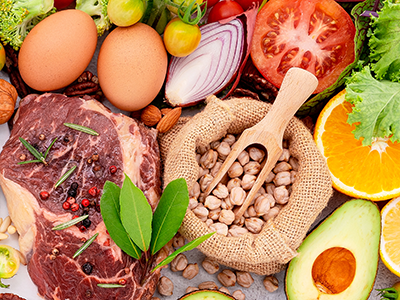
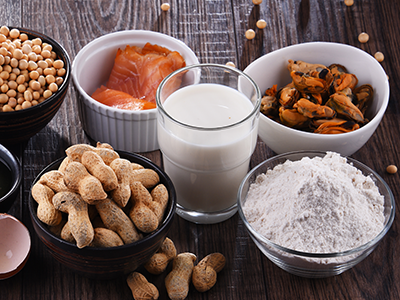
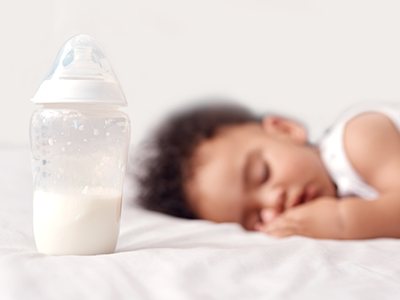
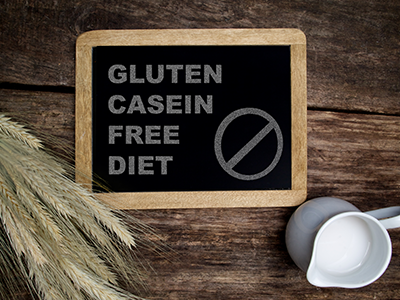
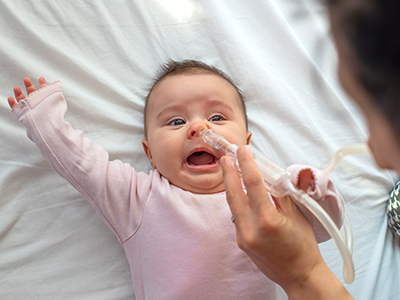
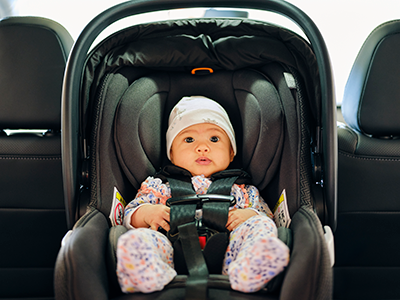
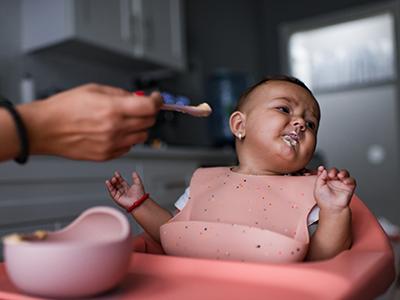
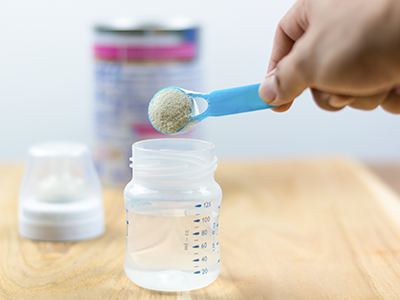
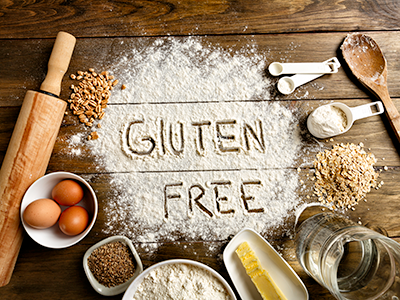
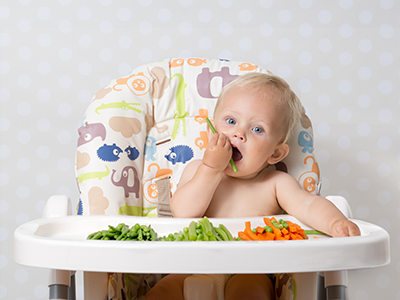
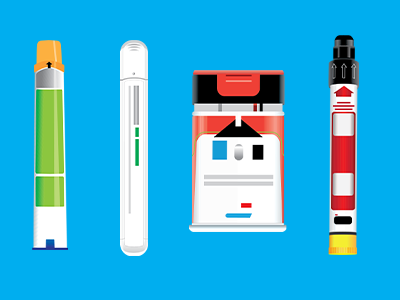


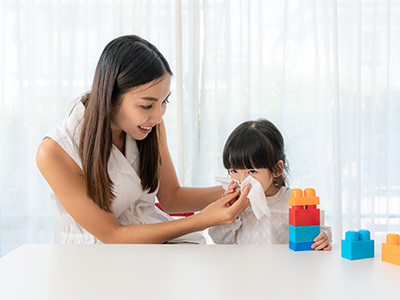
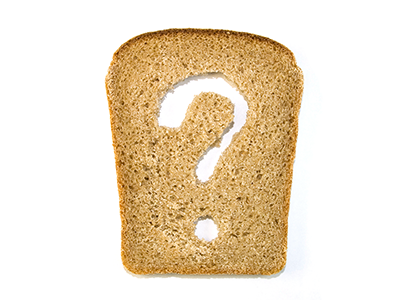

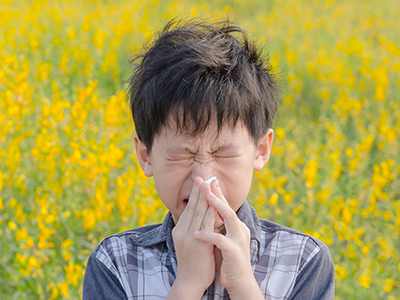
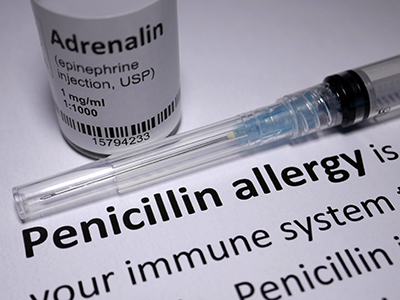
Leave a Comment
Want to join the discussion?Feel free to contribute!